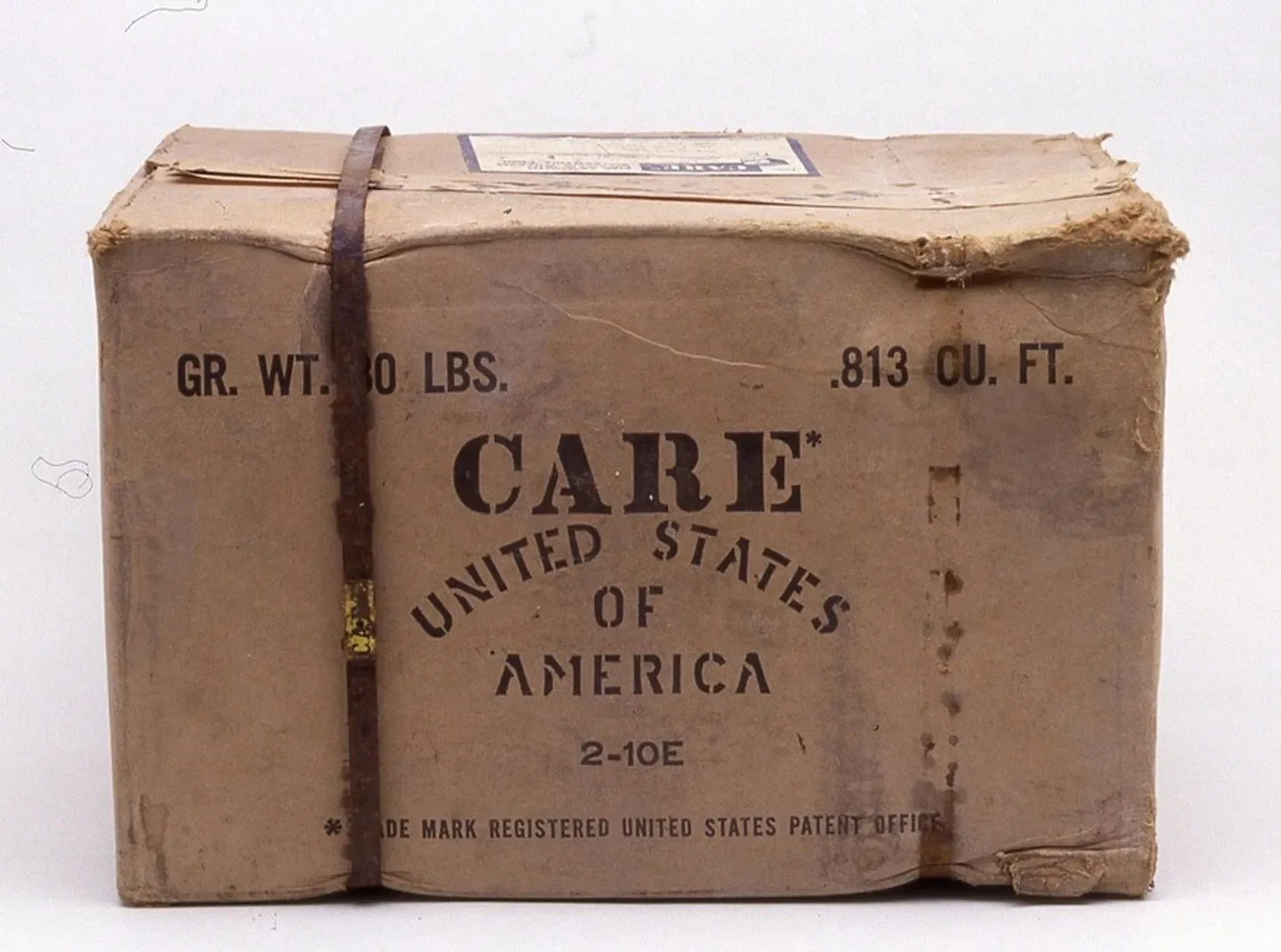Executive Summary
Humanitarian action that is inclusive of different affected groups, including women, is more likely to save lives, reduce harm and promote well-being. Intending to elevate humanitarian interventions and gender equity, CARE International in Jordan conducted a study in 2017 to assess women’s involvement in humanitarian action. Positioning women both as survivors of humanitarian disaster and leaders in its mitigation, the report focused on humanitarian work with the Syrian refugee population in Jordan. This study revisits the trends associated with women’s humanitarian involvement in Jordan, focusing on the response to the COVID-19 pandemic. The study team conducted 43 key informant interviews (KIIs), including 47 individuals (several interviews were conducted in small groups of three or fewer individuals) during the spring of 2022 with local, national, and international humanitarian workers in Jordan about their experience during the pandemic. Further, the study team conducted four focus group discussions with community representatives involved in humanitarian work in Amman, Azraq Camp, and Mafraq.
Today, women and girls are serving as active agents of change in disasters and crises. Women are becoming one of the driving forces in disaster risk reduction and emergency response. They are at the forefront of risk communications and are trusted by their own communities. However, women are consistently left out of response decision-making at the local and community levels. The exclusion of women from related decision-making leads to laws, policies, public decisions, budget allocation, services, and programs that do not adequately reflect women’s experiences, rights, and needs. At the same time, when they are able to participate equally, humanitarian responses are more effective and inclusive.
In the immediate aftermath of the COVID-19 pandemic, CARE International conducted an initial assessment of the impacts on women. Three months into the crisis, CARE found that burdens on women are increasing as frontline workers and as primary caregivers who are responsible for cooking, cleaning, and childcare. This report also identified a rollback in women’s rights, with increased behavior policing, mobility restrictions, and Gender-Based Violence (GBV). Economically, women felt the economic repercussions of the pandemic most acutely and were more likely to be employed in the informal sector. As women were experiencing these negative impacts, their access to critical services grew limited, including sexual and reproductive health services. Women’s limited access to technology further limited their ability to access services.
This study assessed women’s participation in the humanitarian sector in Jordan during COVID-19. The study found that women’s involvement in decision-making mechanisms was weak. Particularly, female-led organizations were inadequately consulted and funded through the pandemic response, especially those providing GBV response services. Further, the limited involvement of female-led organizations meant that their unique capabilities and expertise were not considered. Their communities missed their valuable contributions and networks. Despite their lack of inclusion, local, women-led organizations were willing to shoulder significant responsibilities in responding to the pandemic. However, the unequal power dynamics between INGOs and CBOs indicate that CBOs were deprived of sufficient funding to support their role.
Overall, the study team identified several shifts in Jordan’s humanitarian sector as a result of COVID-19. Foremost, there were differences in humanitarian needs following the pandemic, including an increase in GBV services and economic support. Second, these increased needs occurred in parallel with a significant decline in funding for both national and local organizations, particularly for women-led community-based organizations (CBOs). Thirdly, COVID-19 served as an impetus for many local and national organizations to adopt modern technologies to disseminate their services, training, and information. These modern technologies and modalities enabled women to capitalize on their networks in providing humanitarian services and disseminating information. Lastly, COVID-19 pushed many international, national, and local humanitarian organizations to change their operations and human resources (HR) policies in favor of more flexibility. The last two changes, if sustained, will render the humanitarian sector more accessible for women.
This study recommends boosting capacity among local humanitarian organizations, especially women-led groups. The study also recommends valuing humanitarian workers by paying them a livable salary, collaborating with local organizations through long-term partnerships, and reducing procedural limitations on their work.
